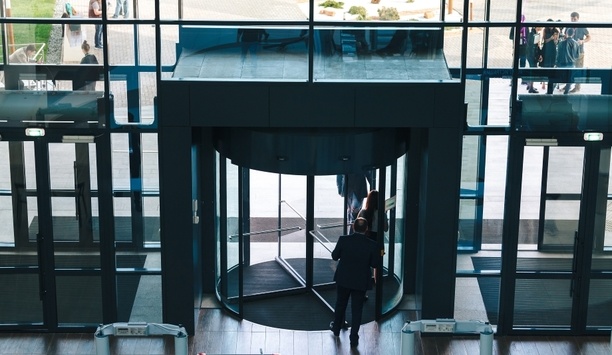
When you own property, you not only are responsible for the mortgage, but you become in charge of protecting those that use the premises. Upkeep and regular assessments are vital in ensuring that those that daily occupy and use the facility are safe from hazards and have the appropriate means to guard themselves in the case of unexpected danger. Landlords should take the following four safety measures into serious consideration.
1. Elevator Systems
The ability to move up and down quickly is cherished by many. People pack into elevators, cruising to their residences and offices without question. Sometimes things may go wrong though with technology. You don’t want them getting stuck between floors or having passengers trapped inside. Not only is that uncomfortable, but could be poor publicity. Therefore, the device should be looked at by professionals to ensure that all parts are functioning properly. Anything that seems off should be replaced immediately.
2. Exit Efficiency
When fire occurs, people should be able to move outside with ease. The escape routes should be marked clearly, and stairs (if present) should be accessible. Make sure nothing is blocked, paths are simple to navigate and that locking devices are working correctly. In addition, you’ll want to have specialists check on revolving door code compliance. Be careful that it can open at all times.
3. Sprinkler Devices
Overhead sprinklers are activated by smoke. They are a first line of defense against flames that could hurt citizens or damage the structure. In other words, they buy others some time to get out; plus, they mitigate how much may be scorched. They can malfunction, though. Have them tested yearly. Review how much coverage they can handle and that nothing is rusted, leaking or missing.
4. Extinguisher Supplies
States each have certain rules about fire extinguishers. Verify that you are following protocols; plus, see for yourself if you feel like they are in places that provide quick, efficient access. For example, are they in stair wells? Do you have one near kitchen or chemical stations? Read the labels, as well. Not all extinguishes handle various forms of flares. Letters distinguish their ability to squash the different situations. They should be checked and replaced or refilled as needed. If possible, provide instructions on proper use.
Proactive approaches could mean the difference between someone’s life and death. For that reason, stay on top of all maintenance projects and inspections.